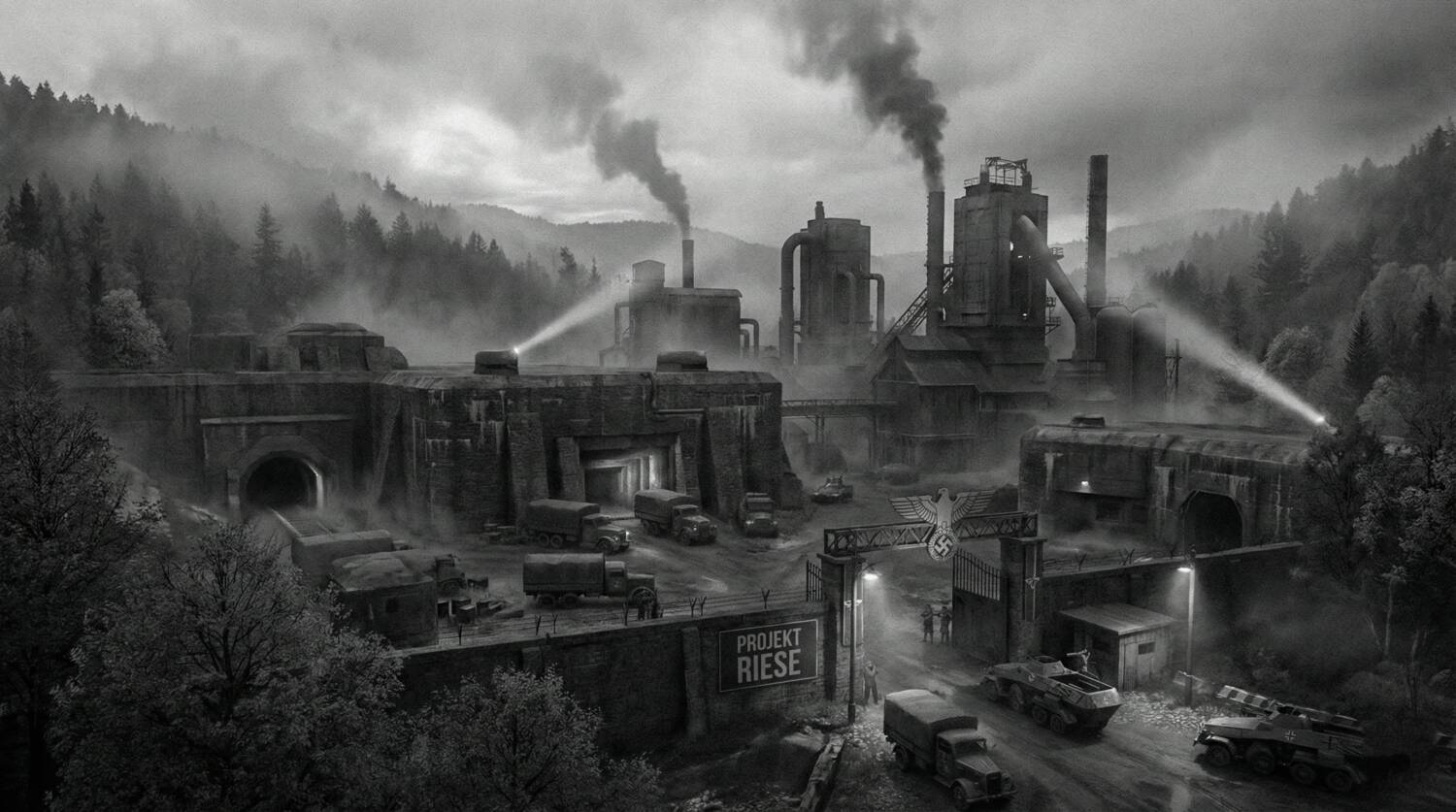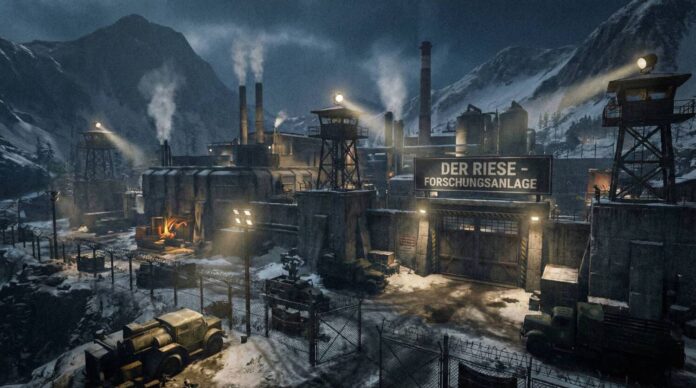“Der Riese” (The Giant), a historical vestige of World War II, holds an intriguing place in the annals of the German war effort. Operating under the elusive veil of secrecy, its role and aftermath have since become subjects of significant academic and historical interest. This article aims to elucidate the enigmatic narrative of Der Riese, touching upon its inception, existence, location, and post-war evolution.
As the war escalated, the Third Reich required secure locations for manufacturing and research efforts. “Der Riese” was part of an ambitious project code-named “Riese” initiated by Nazi Germany, essentially a complex of strategic underground structures located near the town of Walim in Lower Silesia, present-day Poland.
Constructed under the supervision of Min.Rat Dr. Ing. Hans Kammler and the Organization Todt, an engineering group famous for executing massive infrastructural projects—Der Riese was designed to house armament production and possibly secretive scientific research.
Significance and Function

Predominantly, the exact function of Der Riese remains a controversial debate topic among historians. It is unequivocally agreed upon that the location was purposed for arms production—specifically intended to facilitate the manufacturing and storage of weapons, including the V-1 and V-2 rockets. Its vast, intricate network of tunnels and facilities were designed to provide a protective shell against Allied bombing campaigns, enabling the Third Reich to continue its ammunition production unabated.
However, the project’s clandestine nature has led to widespread speculation about the possible involvement of secret research, bolstered by the connection to Dr. Kammler, who was also reportedly in charge of the speculated ‘Die Glocke‘ project. Although no concrete evidence corroborates the hypotheses, theories persist about Der Riese being a potential site for extraordinary scientific endeavors.
Existence and Location
Despite the speculative turbulence over its function, the existence of Der Riese is well-documented. Nestled in the Owl Mountains, a section of the Sudetes range, the location was chosen strategically for providing a natural defensive barrier and the ideal topography for the construction of an underground complex.
The skeletal remains of this massive project, an intricate assembly of subterranean tunnels, bunkers, and spaces, can still be seen near Walim, evoking distinct remnants of a stark, war-ridden past.
The Post-War Status of Der Riese
Following the war’s close, Der Riese fell within the territory of Poland. For years, it remained largely forgotten, slowly sinking into dilapidation. Today, parts of the complex are open to the public as a stark monument to the past, specifically the “Osowka” complex, one of the main elements of the Der Riese system.
While most of the site is accessible for tourism, parts remain closed due to safety reasons. The Polish Ministry of Culture and National Heritage currently manages the site, it’s rich history and tales of secrecy drawing the interest of historians, researchers, and tourists alike.
Der Riese, a formidable testament to the industrial and infrastructural might of Nazi Germany, remains an integral fragment of World War II’s intricate tapestry. The site’s historical significance, intertwined with an aura of mystery, leaves explorers and scholars intrigued, its steely echoes continuing to narrate tales from a distant, convoluted past. While Der Riese stands much altered by the confines of time, it endures as a monumental embodiment of the multifaceted narrative of human conflict.
